The Pennsylvania State Historic Preservation Office has developed guidance on the evaluation of New Deal historic resources found along roadways. The project came about in response to an increasing number of requests for National Register evaluation of such properties through the Section 106 consultation process.
The effort focused on the Civilian Conservation Corps (CCC), the Public Works Administration (PWA) and the Works Progress Administration – later the Work Projects Administration (WPA). These three New Deal programs all played a role in the funding and construction of public improvements.

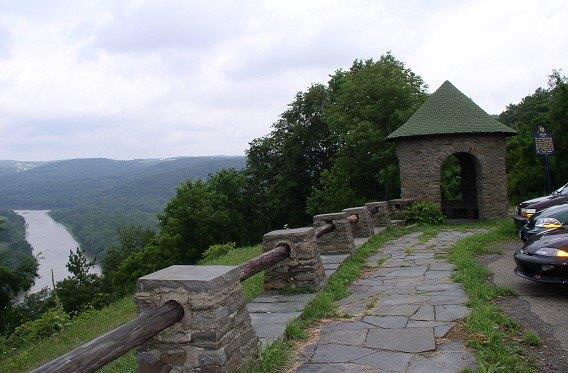
Much of the source information consulted addressed the more spectacular accomplishments of New Deal programs. The CCC, made up of unemployed young men aged 18 to 25, planted over 5,000,000 trees and built over 6,300 miles of road and trails in parks and woods in Pennsylvania. Researching CCC resources in Pennsylvania is made easier by this online map showing the location of all CCC work camps established in Pennsylvania.

The WPA, also a public work program for the unemployed during the Great Depression, built schools, libraries, colleges, government and municipal buildings, public parks, bandshells, airport runways, as well as roads, bridges, dams and public flood protection, sewer, and water systems.


Both the CCC and the WPA assisted in the preservation and tourism enhancement of historic sites like the National Register-listed Fort Necessity Battlefield Historic District in Fayette County (Resource #1966RE00031) and Hopewell Furnace National Historic Site in Berks and Chester Counties (Resource #1938RE00001).
The PWA served as a funding agency providing loans and grants to state and local governments and to other federal agencies. Evidence of PWA involvement sometimes appears in plaques mounted in buildings funded by the program, such as those found in the Emmaus Municipal Building (unevaluated) and the state’s Northwest Office Building housing the Pennsylvania Liquor Control Board in Harrisburg (Resource #1998RE00529).
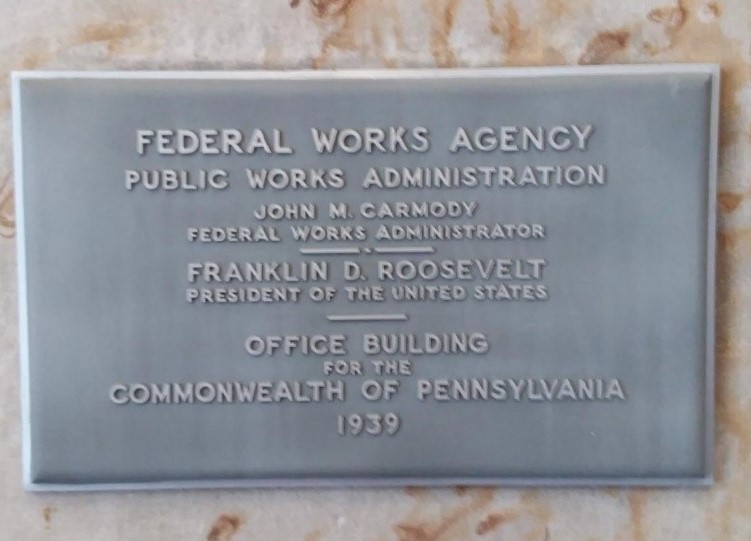
These New Deal programs funded or built some truly remarkable public amenities, not just in Pennsylvania but across the country. These public works projects changed the face of America, affecting such critical areas as transportation, government, public health and sanitation, conservation, and recreation.
With so many large and small New Deal created resources, how should determinations of National Register eligibility for small scale features be handled?
To assist in these evaluations, PA SHPO developed guidance that includes a research guide, field work tips, survey methodology and National Register registration requirements checklist specific to isolated road-related resources.
Many of these road related New Deal resources feature the distinctive native stonework that are the trademarks of the rustic design of the WPA and CCC. The guidance and associated checklist will assist in determining which of these scenic resources are National Register eligible.
It applies to isolated road related resources, located within or adjacent to the road right of way. This includes channelized streams, culverts, bridges, retaining walls, drainage ditches or swales, pedestrian steps, roadside monuments, and scenic overlooks. Here are some examples:
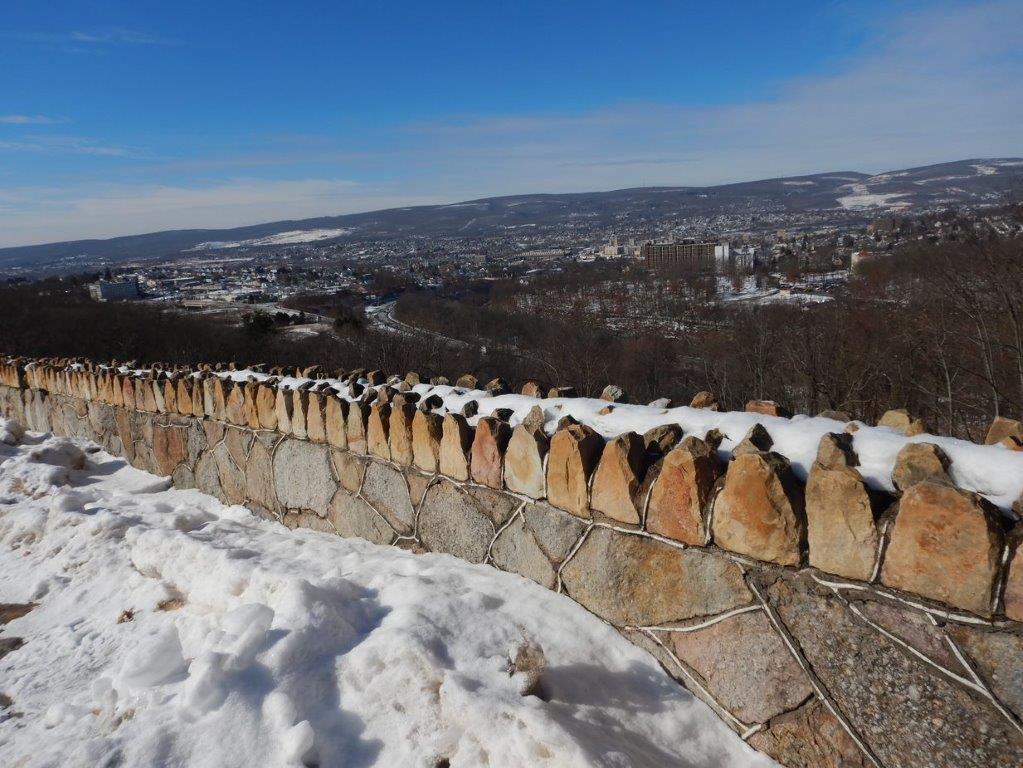
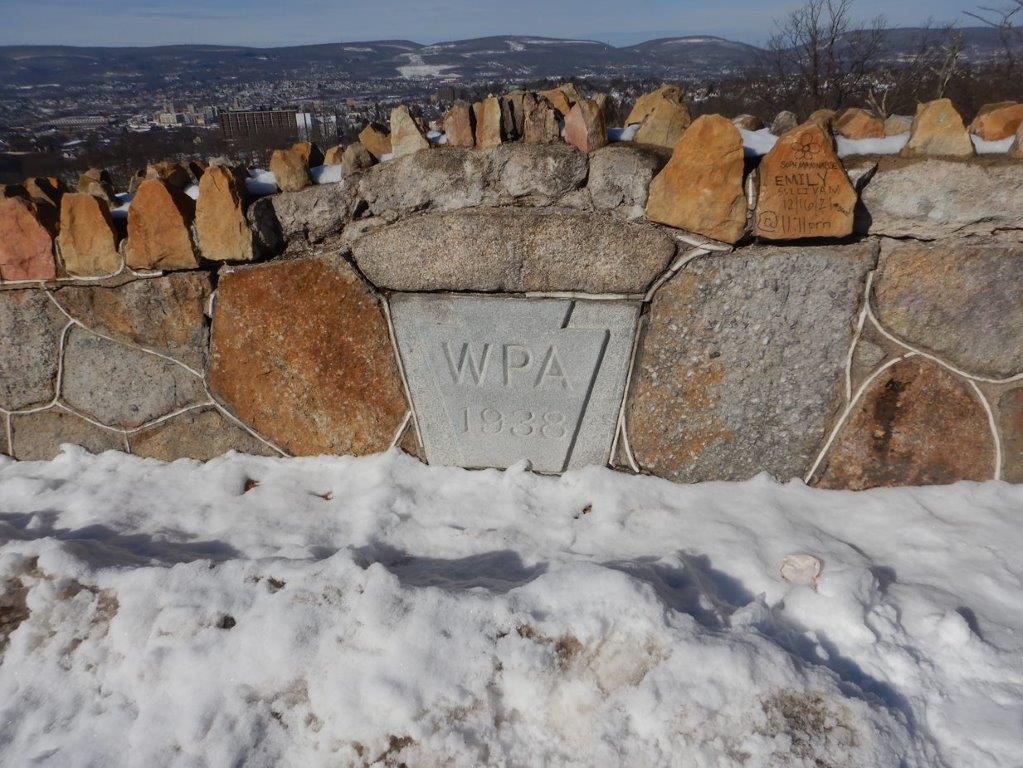
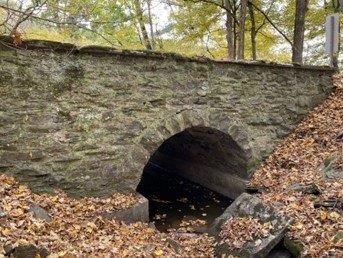
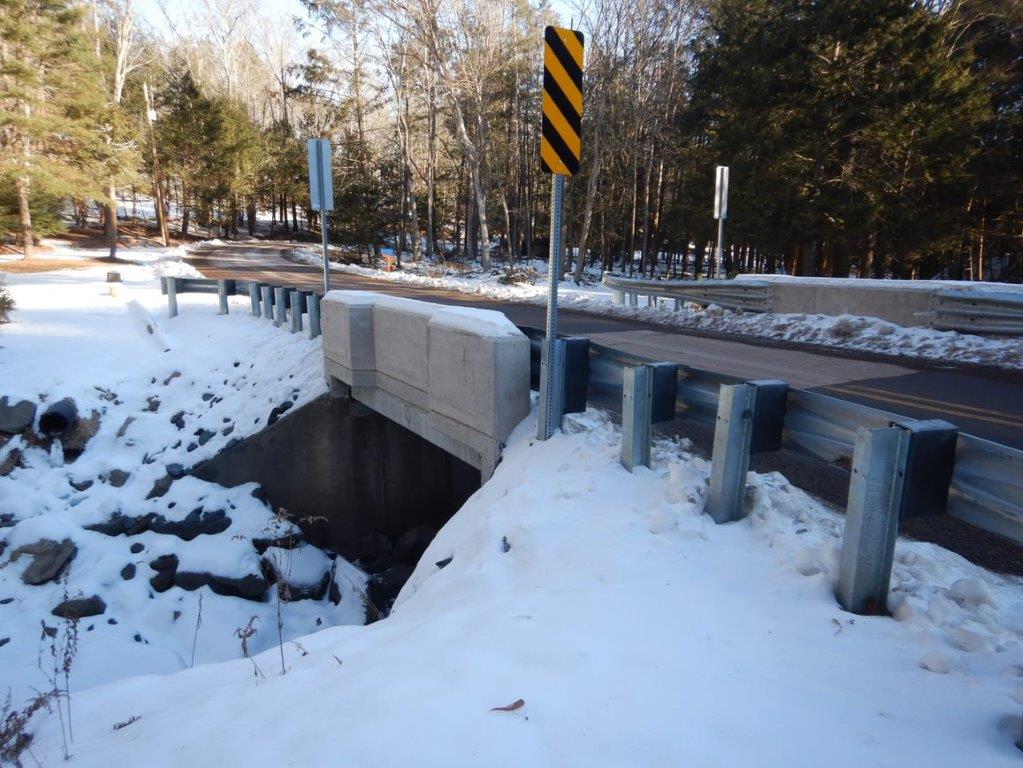
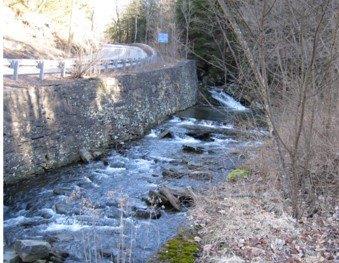
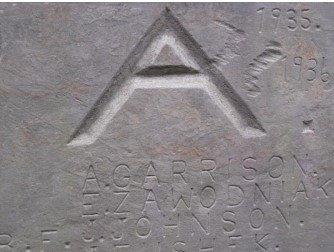
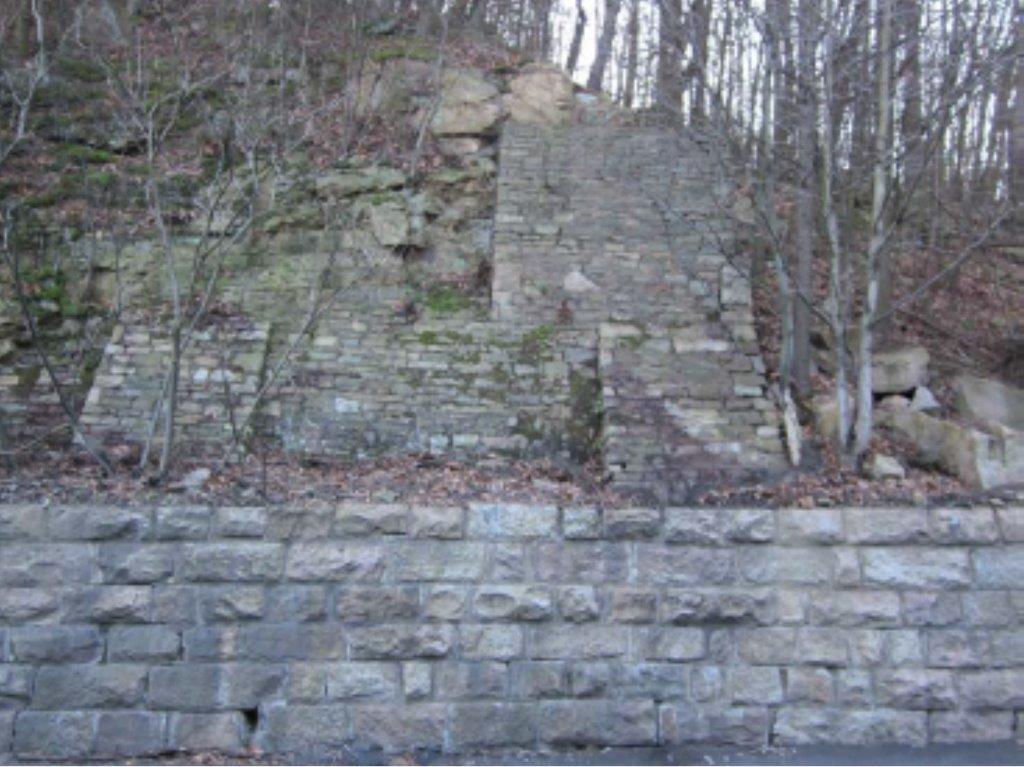

Expansive WPA built public parks were constructed along municipal roadways. Impressive examples of these WPA parks were found during the development of this guidance document in Allentown, Nazareth, Easton and Reading.
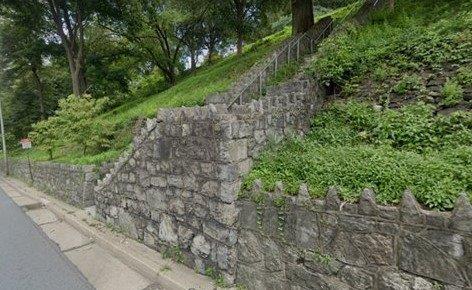
In many cases these WPA resources were hiding in plain sight—well known and appreciated in their own communities, but not well documented as historic properties in PA-SHARE.
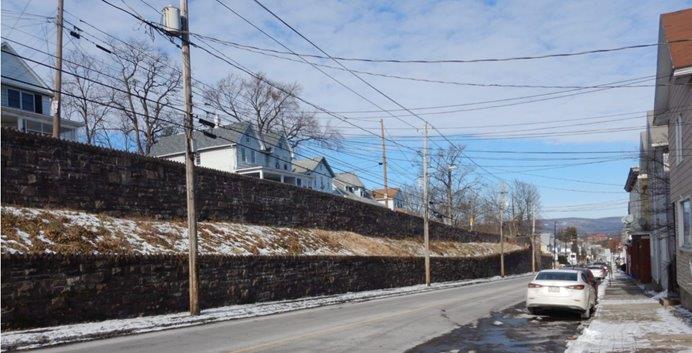
Pennsylvania has two previously identified standout roadside memorials that were constructed using WPA labor: the Mothers’ Monument in Ashland, Schuylkill County and the Flame of Eternal Peace Monument built in 1938 at the Gettysburg Battlefield site in Adams County.
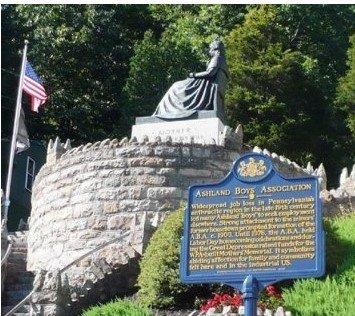

If you would like to find out more about the history of the CCC, WPA, and PWA working in Pennsylvania, please consult the guidance document. It also includes a bibliography of sources on these public works programs and a list of useful contexts from other states.
We continue to seek to improve our inventory of public works projects. If you believe you have identified a CCC, WPA, or PWA built resource in your community, please contact our office so we can make sure it is included in our statewide inventory.
Comment Policy
PHMC welcomes and encourages topic-related comments on this blog. PHMC reserves the right to remove comments that in PHMC’s discretion do not follow participation guidelines.
Commenters and Comments shall be related to the blog post topic and respectful of others who use this site.
Commenters and Comments shall not: use language that is offensive, inflammatory or provocative (this includes, but is not limited to, using profanity, obscene, or vulgar comments); disparage other commenters or people; condone illegal activity; identify the location of known or suspected archeological sites; post personal information in comments such as addresses, phone numbers, e-mail addresses or other contact details, which may relate to you or other individuals; impersonate or falsely claim to represent a person or an organization; make any commercial endorsement or promotion of any product, service or publication.
If you would like to comment on other topics not related to this blog post but related to PHMC, please fill out the PHMC Contact Us Form.
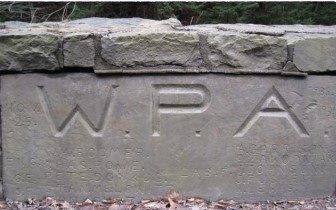
Leave a Reply